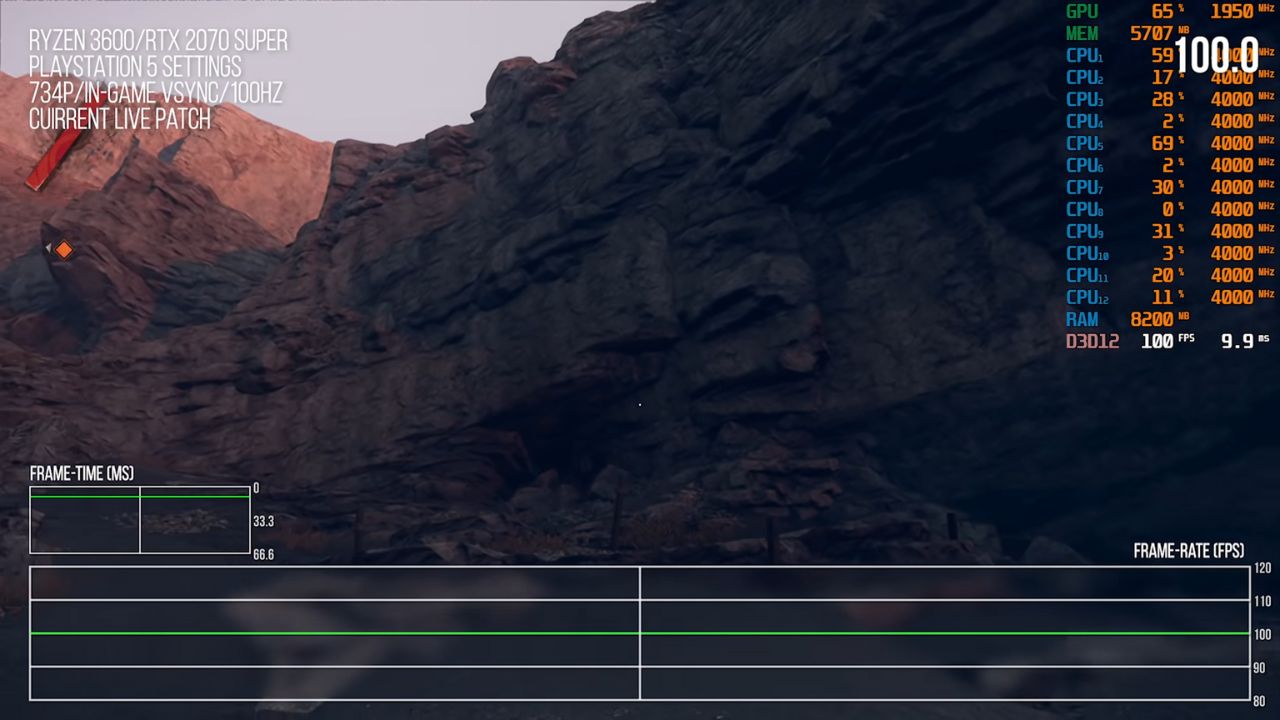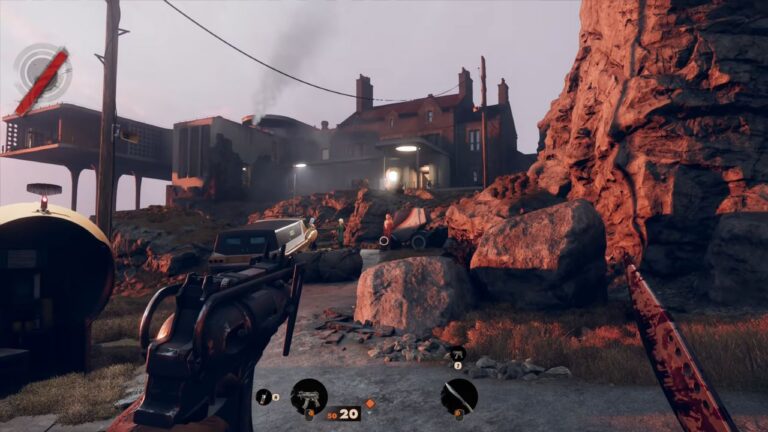Dishonored is a game from Arkane Studios where you might see an FPS limit. Ever wondered why they use this limit? Let’s know the reasons behind the FPS cap in Arkane games and what it means for your playthrough.
Arkane Games Overview
Before we jump into the nitty-gritty details, let’s take a quick look at Arkane Studios. This renowned game developer has brought us immersive, story-driven experiences like the Dishonored series, Prey, and most recently, Deathloop. Known for their intricate level design and unique gameplay mechanics, Arkane has a reputation for crafting unforgettable worlds.
Why Do Arkane Games Have An FPS Limit?
Now, let’s get to the heart of the matter: why do Arkane games have an FPS limit? There are a few key reasons:
Engine Limitations: One major factor is the game engine itself. Many Arkane titles, including Deathloop, use the Void engine. This proprietary technology powers the game’s stunning visuals and immersive gameplay. However, the Void engine can run into some serious issues when the frame rate goes above 120 FPS.
Players have reported stuttering, glitches, and other performance problems when pushing past this threshold. To avoid these issues and ensure a smooth experience, Arkane caps the frame rate at 120 FPS. It’s a compromise that prioritizes stability over raw performance.

Physics Simulation: Another reason for FPS limits in Arkane games is physics simulation. In titles like Dishonored 2, the complex physics engine can start to break down at extremely high frame rates. Objects might not behave as expected, leading to some wacky and immersion-breaking moments.
To prevent these physics-related bugs, Arkane has chosen to limit the FPS in certain games. By keeping the frame rate at a stable 120 FPS or lower, they can ensure that the game world behaves as intended. It’s all about maintaining that carefully crafted experience.
Performance Stability: Finally, FPS limits can be a tool for overall performance optimization. Arkane’s latest game, Redfall, launched with a 30 FPS cap on Xbox consoles in Quality mode. This decision allowed the developers to push the visual fidelity while maintaining a stable frame rate.
Performance mode, which targets 60 FPS, is planned for a future update. This approach lets Arkane fine-tune the game’s performance post-launch, ensuring that players have a smooth experience across different hardware configurations. It’s a balancing act between graphics and performance.
Hardware Compatibility
One key factor is ensuring the game runs smoothly on a wide range of hardware setups. By limiting the FPS, Arkane can better optimize performance across different PC and console configurations. This helps them avoid potential issues that could arise from hardware trying to push the game beyond its limits.
Arkane wants as many fans as possible to have a great experience, regardless of their system specs. An FPS cap makes the game more accessible. It allows them to fine-tune the gameplay for consistency.
Heat & Power Management
Capping the frame rate also helps manage the heat output and power draw of gaming hardware. Uncapped, the GPU and CPU can be pushed to their max, generating a lot of heat and consuming more power.
By keeping FPS in check, Arkane reduces the strain on components. This can help extend the lifespan of graphics cards and gaming systems. It’s especially important for laptops and more compact devices with limited cooling.
Avoiding Bugs & Glitches
Another big reason for FPS limits in Arkane games is to prevent bugs and glitches. Some game engines, like the Void engine used in past Arkane titles, can have physics and animation issues above certain frame rates.

Arkane caps FPS to keep the gameplay experience polished and glitch-free. The developers can focus their testing and bug fixing within a controlled FPS range. An uncapped frame rate would require much more work to maintain stability.
Screen Tearing Prevention
Have you ever noticed ugly horizontal lines interrupting the game visuals? That’s called screen tearing, and it happens when the FPS is out of sync with the monitor’s refresh rate.
Arkane games avoid this distracting issue by limiting FPS to align with common refresh rates, like 30 and 60 FPS. The cap keeps the frame rate in harmony with the display. You get a cleaner, smoother image without jarring tears.
Conclusion
The FPS limits in Arkane Studios’ games are there for several important reasons. They help deal with engine issues, keep the game’s physics working correctly, and make sure the game runs smoothly on different hardware. By managing heat and power, avoiding bugs, and preventing screen tearing, these limits ensure a better gaming experience. So, while the FPS cap might seem like a restriction, it’s actually there to keep the game running well and looking great for everyone.

